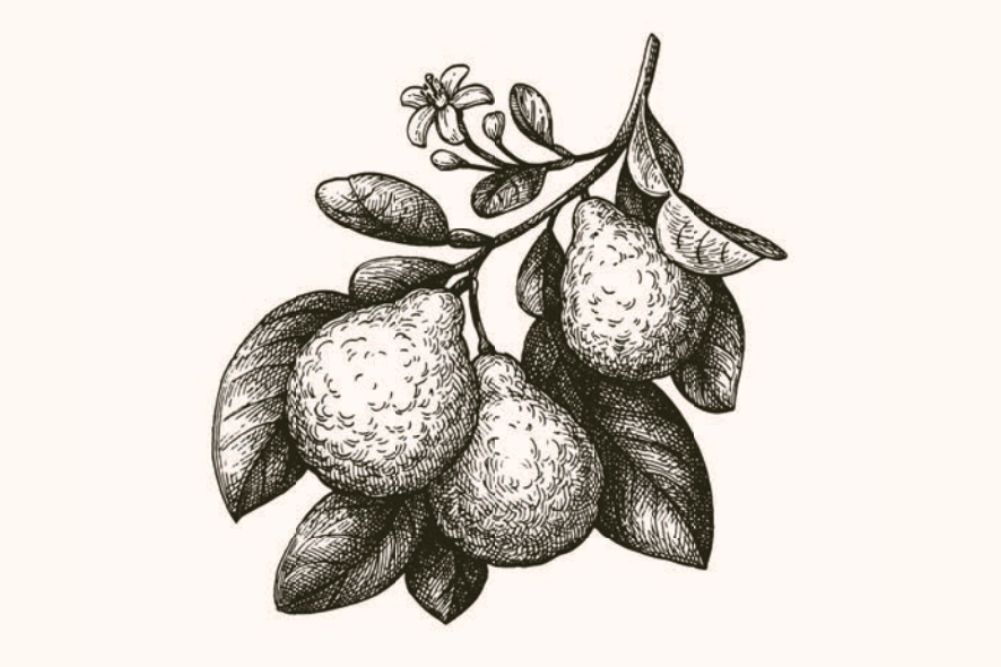5 healing effects of beetroot
The Romans were the first to cultivate beet, but it was 2000 years before that this vegetable became really popular. When you think of beet you normally think of the root; in fact, it is a plant often referred to as “beetroot”. However, beets (Beta vulgaris) are members of the same family as silver beet and in both plants the leaves are perfectly edible and a healthy option. Attached to the beet leaves is a round or oblong root, which is typically a reddish-purple colour due to the health-promoting pigments, but beets do also come in varieties that feature white or yellow roots.
In your beetroot
Beet leaves are highly nutritious and are high in calcium, iron, vitamin A and vitamin C. Beetroot is an excellent source of betaine, which is an anti-inflammatory made of the B-group vitamin choline attached to three methyl groups. Beetroot is also an excellent source of soluble fibre and antioxidants.
In recent times, a lot of research on beetroot has centred around the fact that it is a good source of nitrate, which increases the levels of the gas nitric oxide in circulation and this in turn keeps blood vessels open (dilates them) which reduces blood pressure.
Beets are also a unique source of nutrients called betalains. Betanin and vulgaxanthin are the two best-studied betalains from beets, and both have been shown to provide antioxidant, anti-inflammatory and detoxification support. Although you can see these betalain pigments in other foods (such as the stems of silver beet or rhubarb), the concentration of betalains in the peel and flesh of beets is extremely high by comparison.
Healing effects
Anti-inflammatory
Beet chemicals reduce inflammation by blocking the inflammatory COX-1 and COX-2 enzymes.
Detoxification
The betalains found in beets have been shown to trigger glutathione-S-transferase enzymes (GSTs). Glutathione is involved in the “hook-up” phase of detoxification in your body where waste substances are made water-soluble for excretion in urine.
Reducing blood pressure
A study on beetroot juice compared people with high blood pressure who drank 250mL of beetroot juice to those who took nitrate tablets. The researchers found that within 24 hours both groups had significant reductions in blood pressure. This suggests it’s the nitrate in beetroot juice that is producing the blood-pressure-lowering effect. The fact that only 250mL of the juice is needed to achieve the effect suggests that beetroot juice can be a first-step natural approach to lowering blood pressure.
Anti-ageing effects on the brain
In a study, researchers asked subjects to fast for 10 hours and then report to the lab for breakfast. The subjects were then given one of two breakfasts. One of those breakfasts included 450mL of beetroot juice. Then one hour after the breakfast a magnetic resonance image (MRI) was used to track blood flow in the subjects’ brains. The MRIs showed that after having the beetroot juice there was an increase in blood flow to white matter in the frontal lobes of the brains. These are the areas of the brain associated with dementia and loss of other mental functions. The reason beetroot juice had this effect was again due to its high nitrate content.
Beetroot boosts exercise
In recent times, there have been studies suggesting that athletes can exercise for up to 16 per cent longer when they drink beetroot juice on a daily basis, again because of beet’s nitrate content. Cyclists given beetroot juice were on average 11 seconds faster over a 4km distance and 45 seconds faster over a 16km distance.
In another study, the aim was to see whether non-athletes — people who undertake low-intensity exercise like walking — might also benefit from beetroot juice. To this end, the researchers developed two beetroot drinks: one normal beetroot drink and another with the nitrate filtered out. Subjects then were given one of the two drinks on a daily basis and their ability to walk was measured. The results showed that those on the normal beetroot juice used less oxygen while walking, effectively reducing the effort it took to walk by 12 per cent. No such effect occurred in the juice with the nitrate removed.
Consuming beetroot
Betalains undergo very steady loss from food as the length of cooking time is increased. For instance, betalain pigments are far less heat-stable than red anthocyanin pigments in red cabbage. The difference between 15 minutes of steaming versus 25 minutes of steaming, or 60 minutes of roasting versus 90 minutes of roasting, can be significant in terms of betalain damage. So keep beet steaming times to 15 minutes or less, and roasting times under an hour.
The studies suggest that to boost athletic performance, around 500mL of beetroot juice seems the optimal amount, while as little as 250mL appears adequate to offer general health effects.
However, as far as beetroot as a food goes, the more you can eat the better. Aside from a harmless discolouration to urine and faeces the only caveat to beetroot consumption is that beets (especially the leaves) are among a small number of foods that contain measurable amounts of oxalates. When oxalates become too concentrated in body fluids, they can crystallise and cause health problems. For this reason, people with already existing and untreated kidney or gallbladder problems may want to avoid eating beet greens.
- References available on request.







